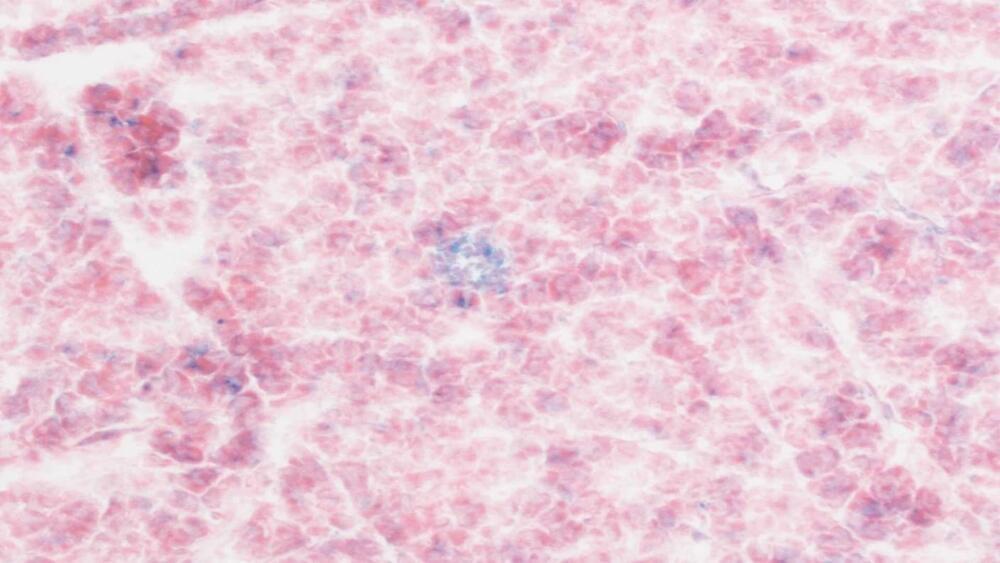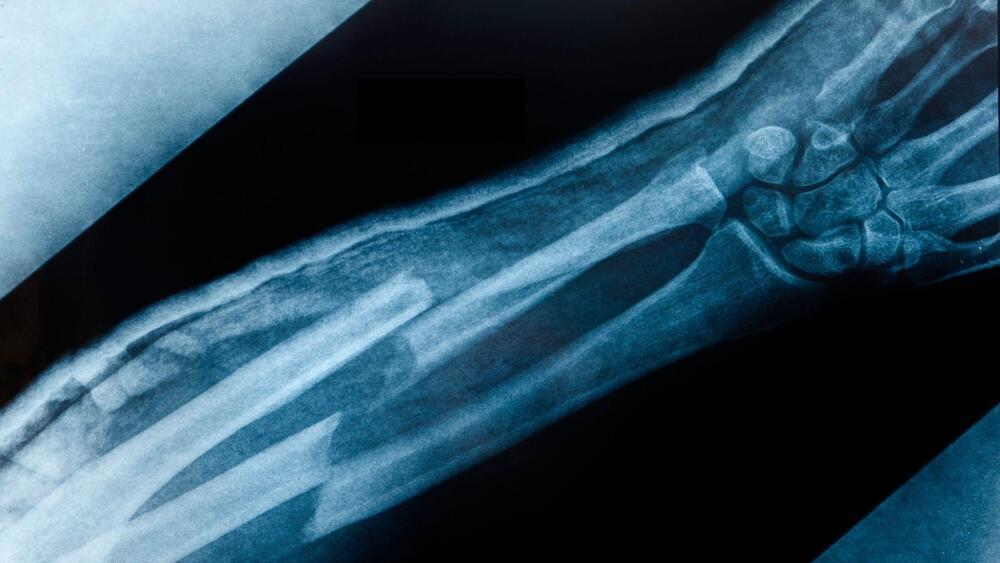Feb 6, 2024
A One-and-Done Injection to Slow Aging? New Study in Mice Opens the Possibility
Posted by Arthur Brown in categories: biotech/medical, life extension
A preventative anti-aging therapy seems like wishful thinking.
Yet a new study led by Dr. Corina Amor Vegas at Cold Spring Harbor Laboratory describes a treatment that brings the dream to life—at least for mice. Given a single injection in young adulthood, they aged more slowly compared to their peers.
By the equivalent of roughly 65 years of age in humans, the mice were slimmer, could better regulate blood sugar and insulin levels, and had lower inflammation and a more youthful metabolic profile. They even kept up their love for running, whereas untreated seniors turned into couch potatoes.

















